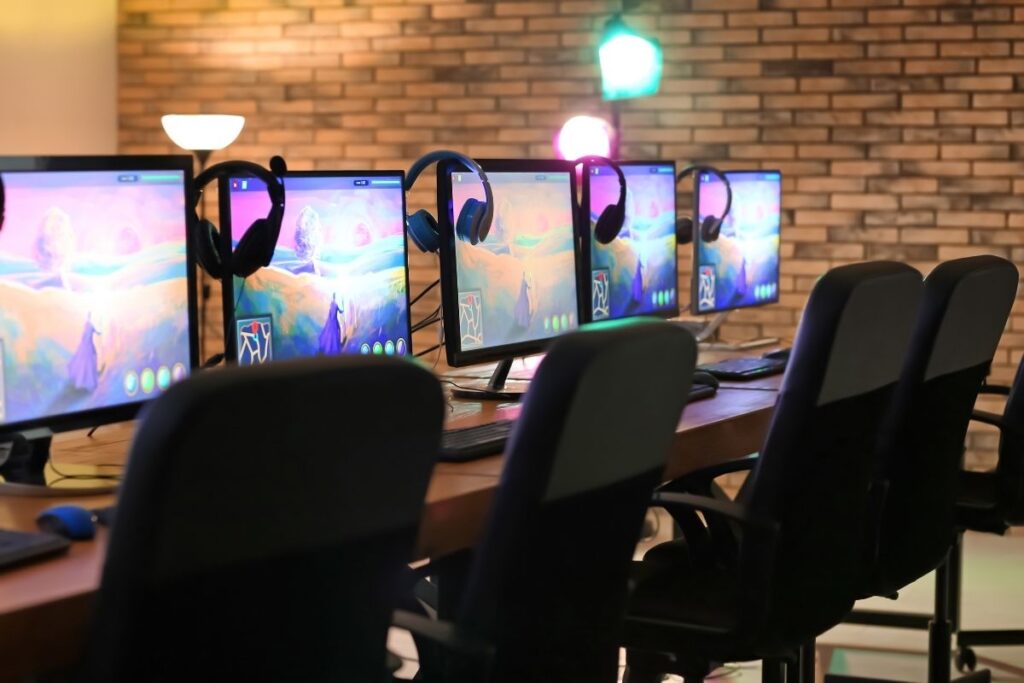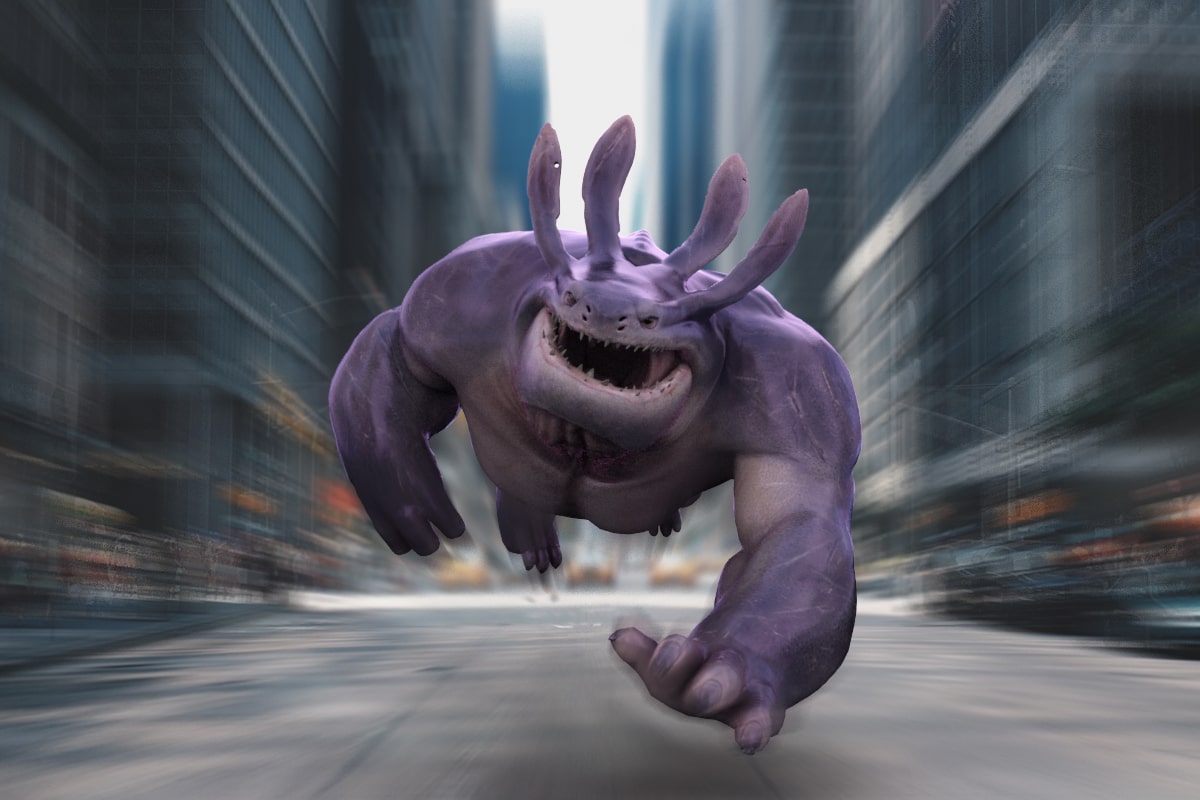According to Dan Shefelman, 3-D game design revolves around an important process: creating dimensional assets. This includes objects and environments but also characters.
“A 3-D CG character in gaming or animation is essentially a puppet,” says Shefelman. “Inside that puppet, you’ll find what’s called a rig. The rig is attached to the 3-D mesh defining the puppet’s geometry.”
The animator’s job involves manipulating the parts of a character and creating behaviors for different movements. Shefelman also points out some conceptual parallels between three-dimensional characters and real creatures. “The best way to think of a rig is as a human or animal skeleton. It has bones with joints that fit into sockets, and they can move.”
Shefelman further describes the existence of a hierarchy governing a rig’s joints. “One joint is parented to another. If a joint at the base of a finger moves, a child of that joint, like one at the tip of the same finger, might also move. The joints can also move independently, just like what happens in nature.”
According to Shefelman, modeling on the computer feels similar to working with clay. “You start with some kind of lump,” he says. “In a tool like ZBrush, this takes the form of a sphere. In Maya or 3D Studio Max, you generally begin with a cube. From there, you begin to extrude, or pull, the shapes outward one by one. After pulling out one shape, which we call pulling points, you’ll move on to the next. A typical workflow consists of pulling the points of a polygon and adding more vertices as you build the shape. Or you can focus on pulling complex forms, like a character’s limbs. With either approach, you’ll mold the starting shape into something that becomes your model.”








